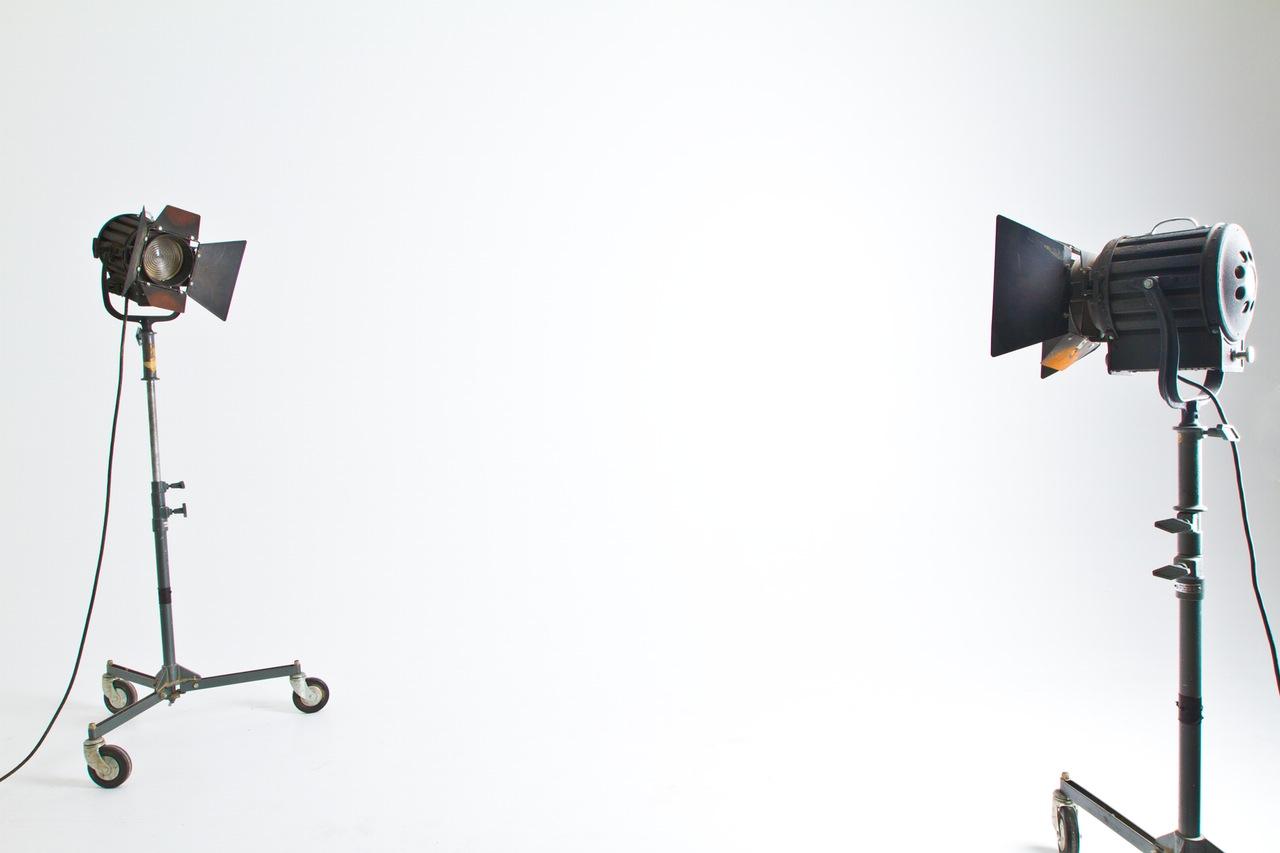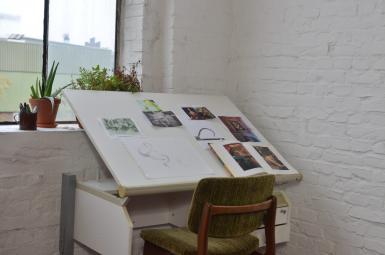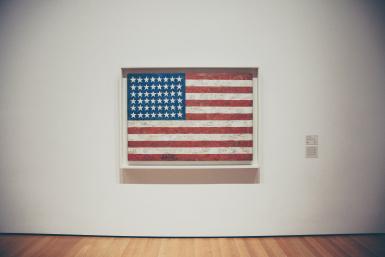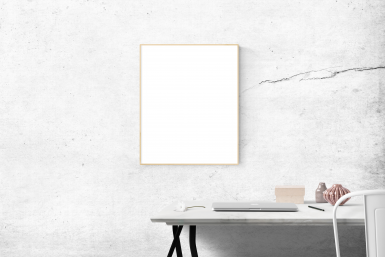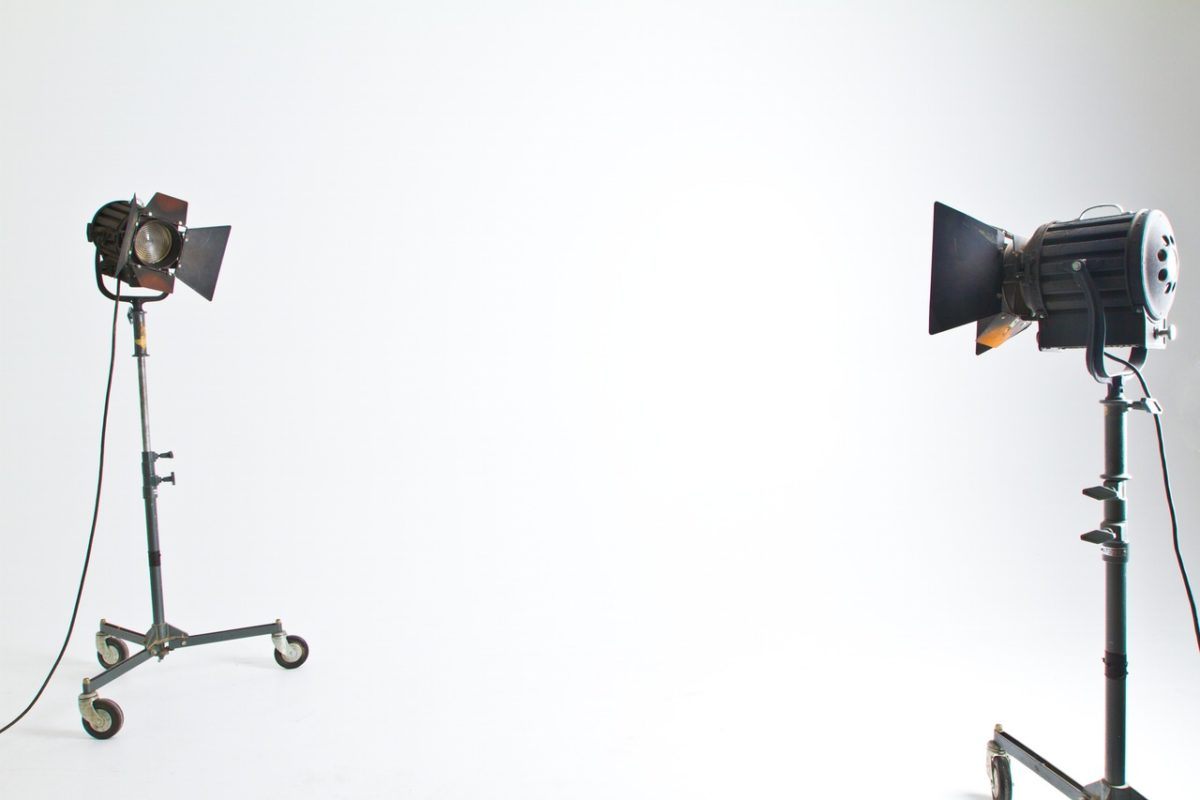
Product photography: A short introduction
Photography is a hobby or career that really does keep on giving. With so much to learn and do, you’re never short of new avenues to explore or skills to develop. If you’re an enthusiastic amateur who has tried their hand at genres like street, fashion or sports photography, what about making the move over into product photography?
An art in its own right, many photographers make a healthy living from product photography and develop their own signature style and as well as stashing plenty of tricks up their sleeve when they do so. Today on the ParrotPrint blog we’re taking a little dip in the ocean that is product photography to talk about the equipment you may need when starting out and we’re also sharing a few tips and talking about the creative opportunities product photography could provide.
Why product photography?
Product photography is all about showing the subject (the product) off to best effect in order to display it’s purpose and what sets it about as special. From a marketing point of view product photography could tell a story or appeal to particular desires or needs of the prospective customer. This means product photography isn’t just about photographing something at the right angle, it’s a creative process whereby you need to consider who the product is aimed at and how you can best present the product to highlight its relevance to them.
A basic product photography toolkit
When you start out you’ll likely begin by shooting a lot of products against white backgrounds, learning the nuances of how you can wield your camera to capture everyday items at their best. This means light tents, cubes and plexiglass sheets will come in very useful.
Lighting is a fundamental aspect of product photography – something as simple as where a metallic tool catches the light or highlights a wine bottle can make an entire shot. For this reason a strobe set up and light modifiers along with tools to block light are essential pieces of kit.
You can start to learn the art of product photography using your existing lens collection and aim to add to it over time. For photos full of detail and texture macro lenses are a must while sharp, in focus snaps demand prime lenses while wide angle lenses are generally a no go.
A tripod is another basic that you should put to use as soon as possible. You’ll find a lot of product work involves photographing at the same level so a tripod can be invaluable in helping you plan the perfect lighting set up from above
Product photography top tips
Preparation will help you hone the perfect backdrop for shooting free of dust and debris and with plenty of experimentation to create the best light. Many photographers draw diagrams to help them record information about distance, lighting and lenses learnt through trial and error to give them a head start when shooting similar items in the future. Shooting RAW will help you with post production by giving you more flexibility for future editing.
As a product photographer you could enjoy producing images for ecommerce websites, brochures and catalogues or even moving into the world of advertising. Wherever your headed and whatever your niche, you can always choose to display the work your most proud of using a gallery of canvas prints in addition to keeping a digital portfolio.
Have you dabbled with product photography? What are the biggest challenges that it presents?

